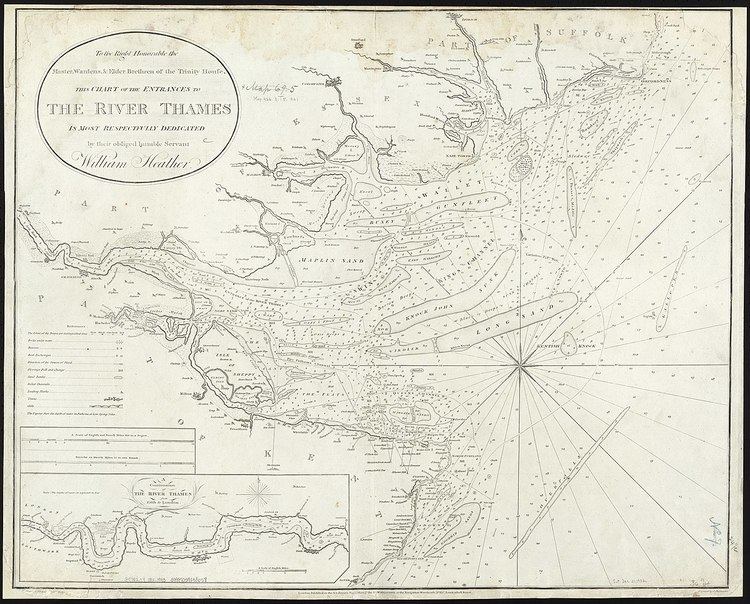 | ||
Dense pika black deep hf041
The Black Deep is a channel which forms the most important of the three main permanent shipping routes past the shoals in the North Sea and outer Thames Estuary, the others being the Barrow Deep and Princes Channel.
Contents
- Dense pika black deep hf041
- Black deep thailand
- Nautical markersEdit
- HistoryEdit
- London ArrayEdit
- References
The Black Deep begins in open sea east of Foulness Point and south of Clacton-on-Sea and is bounded by two substantial sandbanks, the Knock John and Sunk Sands to the north-west, and the Girdler and Long Sands spread out to the south and east.
Black deep thailand
Nautical markersEdit
Deep-draught vessels making for the Port of London from the North Sea use it to approach from the north-east from the position of the Sunk lightship, thence into the Knock John channel, to enter the Thames.
Passing south of the West Knock buoy off Shoeburyness, large bulk carriers also tend to use the channel when entering or exiting the Medway estuary as it has a minimum depth of 14 metres as far as Kingsnorth.
HistoryEdit
The Thames Estuary was historically a difficult area to navigate due to its many sandbanks. One of the earliest references to maritime pilotage dates from 1387 and refers to a pilot "of the Black Deeps" in the estuary. Richard Caundish, the sixteenth-century maker of the oldest known English maritime chart, who had charted the Thames shoals, was assisted by a pilot who had found a new, safer route through the Black Deep.
A rumour current in the sixteenth century, repeated by the chroniclers John Rastell and Edward Hall, by a continuer of John Hardyng's chronicle and subsequently by John Speed, suggested that Richard III, aided by the priest of Sir Robert Brackenbury, had disposed of the bodies of the murdered Edward V of England and Richard of Shrewsbury, 1st Duke of York in the Black Deep, "whereby they should never rise up, or be any more seen".
As a strategically important area, access to the Deep has been restricted in wartime, while during the Second World War naval forts were constructed at Sunk Head and Knock John to deter German minelaying activity. Until 1967 sewage sludge from the City of London was dumped in the Black Deep at a point around 60 miles (97 km) below London Bridge; after this time the Barrow Deep was used. From the same time a programme of dredging by the Port of London Authority increased the depth of Knock John channel, to open the Knock John - Black Deep route to large tankers for the first time.
Through much of the 1980s, Knock John Deep was the anchorage spot for Radio Carolines Ross Revenge ship.
London ArrayEdit
The London Array wind farm is sited immediately to the east of the Deep.
